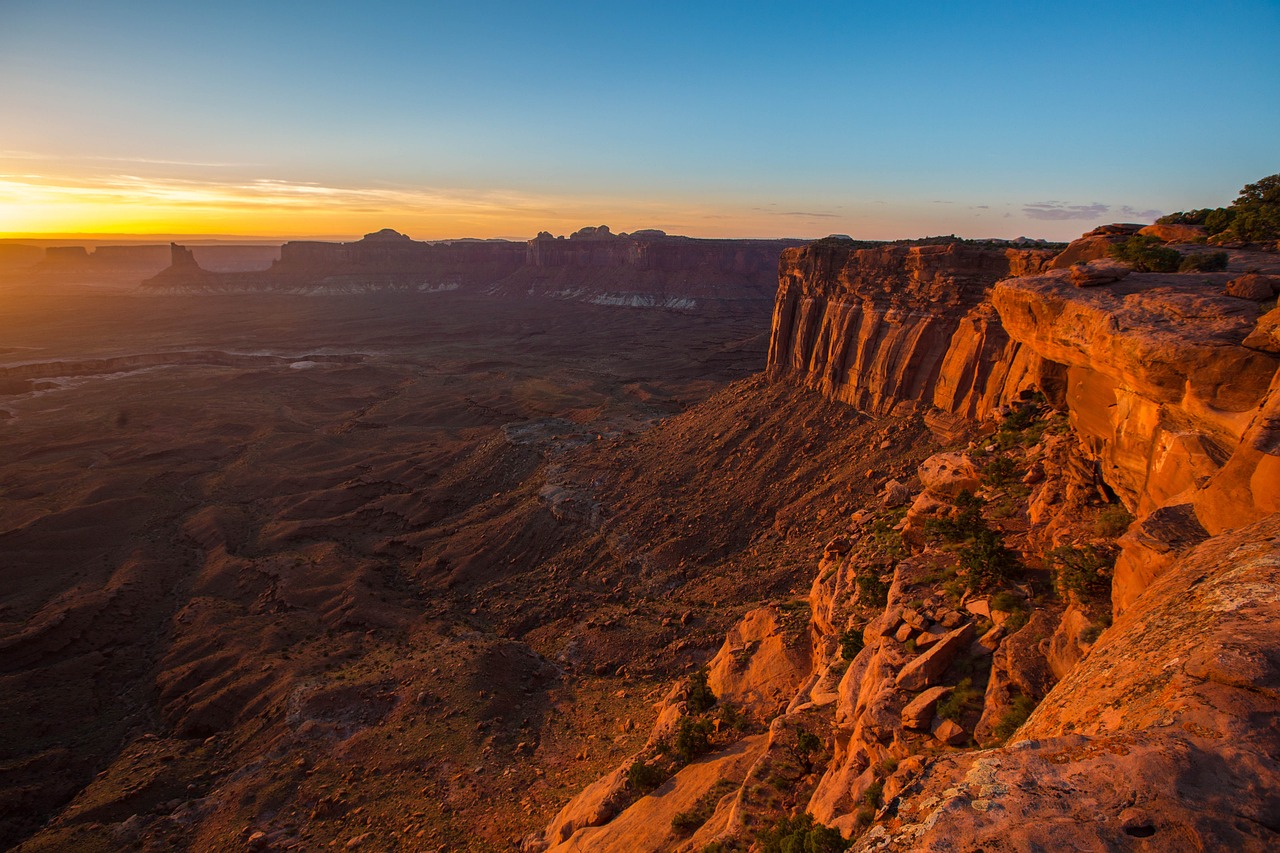
Are you an adventurous soul, constantly seeking new thrills and challenges? If so, you may have found yourself wondering whether a climbing harness can be used for canyoneering or caving pursuits. In this article, we’ll explore the similarities and differences between these activities and provide you with the insight you need to make an informed decision. So, grab a cup of coffee, sit back, and let’s discover the truth behind using a climbing harness for canyoneering or caving adventures.

Safety Considerations
When participating in canyoneering or caving, the safety of your equipment should be your top priority. A strong and durable harness is essential to ensure your security in these adventurous activities. You need a harness that can withstand the rugged terrain, the potential abrasion against rocks, and the stresses of climbing or descending. Look for a harness made from high-quality materials and reinforced stitching to guarantee its strength and longevity.
Weight and comfort are also crucial factors to consider when choosing a harness. The last thing you want is to be weighed down by heavy gear, especially during long treks or climbs. Opt for a harness that is lightweight without compromising its durability. Additionally, comfort plays a vital role in your overall experience. Remember, you may be wearing the harness for extended periods, so find one that fits well and has adequate padding in the waistbelt and leg loops.
Adjustability is key to ensuring a proper and secure fit. Different individuals have varying body sizes and shapes, so being able to adjust the harness is essential. Check for multiple points of adjustment, such as waist and leg straps, to find the perfect fit for your body type. A well-fitted harness ensures stability and prevents discomfort or the risk of falling out during your canyoneering or caving adventures.
Differentiating Canyoneering and Caving
Before delving into the specifics of choosing a harness, it is important to understand the differences between canyoneering and caving. Canyoneering involves traversing canyons, which often entails rappelling down waterfalls, swimming through narrow sections, and scrambling across boulders. On the other hand, caving focuses on exploring caves, which may involve crawling through narrow passages, climbing vertical or inclined surfaces, and navigating in darkness or low-light conditions.
The environmental conditions in canyoneering and caving also differ significantly. Canyoneering often involves exposure to water, which means your harness should be able to handle moisture and dry quickly. Caving, on the other hand, may expose your harness to abrasive surfaces, rough walls, or acidic substances. Understanding the unique demands of each activity will help you make an informed decision when selecting a harness.
Harness Features
When choosing a harness for canyoneering or caving, there are several features to consider that will enhance your experience and safety.
Attachment points are essential for connecting your rope, carabiners, or other equipment to the harness. Look for a harness that has multiple attachment points, such as front and rear loops, to accommodate different scenarios and gear requirements.
Gear loops are additional loops or webbing attachments on the harness that allow you to secure your equipment. These loops should be easily accessible and sturdy enough to hold your gear securely, preventing any accidental loss during your activities.
A padded waistbelt and leg loops are crucial for your comfort during long hours of wear. The padding helps distribute the pressure and provides cushioning, reducing the strain on your body.
Adjustable leg loops allow you to customize the fit around your legs, ensuring a snug and secure feel. Having adjustable leg loops also provides versatility for wearing the harness over different types of clothing, such as thick or thin layers.
Buckles and fasteners should be reliable and easy to use. Look for harnesses with sturdy buckles that are quick to secure and release. Make sure they are made from quality materials and have a smooth operation to ensure hassle-free adjustments when needed.
Climbing Harness for Canyoneering
When choosing a climbing harness for canyoneering, there are some key considerations to keep in mind. Canyoneering often involves exposure to water, so selecting a harness that is water-resistant or dries quickly is essential. Look for harnesses that utilize materials specifically designed to handle moisture and that won’t absorb water, as this can add unnecessary weight and discomfort.
A canyoneering harness should have multiple attachment points to accommodate the various techniques used in canyons, such as rappelling or aid climbing. The harness should be sturdy enough to handle the dynamic forces involved in these activities and provide a high degree of security.
Additionally, it’s important to choose a harness specifically designed for canyoneering, as these harnesses often have additional features like haul loops, which can be useful for pulling up gear or ascending ropes in certain situations. These specialized features make canyoneering harnesses more suitable and efficient for this specific activity.

Climbing Harness for Caving
In contrast to canyoneering, caving focuses on exploring caves, which presents different challenges that require a specialized harness. When choosing a climbing harness for caving, durability is of utmost importance. The harness should be able to withstand the rough surfaces typically encountered in caves without sustaining damage.
Caving harnesses should also have abrasion-resistant materials for increased longevity. The harnesses may be subjected to friction against rocks, walls, or narrow passages, so selecting a model specifically designed to withstand these conditions is crucial.
In terms of attachment points, caving harnesses can be similar to canyoneering harnesses, but the focus may be more on vertical climbing or ascending techniques. Consider a harness with front and rear attachment points to accommodate various equipment or rescue scenarios that may arise while caving.
Specialized Harnesses for Canyoneering and Caving
In addition to general climbing harnesses suitable for both canyoneering and caving, there are specialized harnesses tailored specifically to each activity.
Canyoneering harnesses are designed to withstand the unique challenges encountered in canyons. They often have additional features like reinforced attachment points, haul loops, or extra padding for increased comfort during prolonged periods of swimming or rappelling.
Caving harnesses, on the other hand, prioritize durability and abrasion resistance. These harnesses may have additional reinforcement in high-wear areas and be made from materials specifically chosen for the harsh conditions of cave exploration.
Choosing a specialized harness can provide additional functionality and enhance your experience in the respective activity, but be sure to carefully consider the specific requirements and limitations of each specialized harness before making a decision.

Important Considerations
When selecting a harness for canyoneering or caving, there are a few other factors to keep in mind.
First and foremost, ensure that the harness meets safety standards and certifications. Look for harnesses that comply with recognized standards such as UIAA or CE certifications. These certifications indicate that the harness has undergone rigorous testing to ensure its safety and performance.
Professional guidance and training are invaluable when engaging in canyoneering or caving. Consider seeking guidance from experienced instructors or joining a course to learn proper techniques and safety procedures. They can provide insights into the most suitable harnesses for your specific needs and help you make an informed decision.
Personal preference and familiarity also play a role in selecting the right harness. If you have previous experience with a particular harness brand or model and feel comfortable using it, sticking with what you know can provide peace of mind and confidence during your adventures.
Conclusion
In conclusion, choosing the right harness for canyoneering or caving is essential for your safety, comfort, and overall enjoyment. Keep in mind the specific requirements of each activity, such as strength, durability, and water resistance for canyoneering, or durability and abrasion resistance for caving.
Consider the different features of a harness, including attachment points, gear loops, padding, adjustability, and ease of use. Assess the specific needs of your activity, whether it be multiple attachment points for canyoneering or reinforced surfaces for caving.
Remember, safety should always be your top priority. Ensure the harness meets safety standards, seek professional guidance or training, and choose a harness that you feel comfortable and familiar with. By following these considerations, you’ll be well-equipped for exciting and safe canyoneering or caving adventures.

